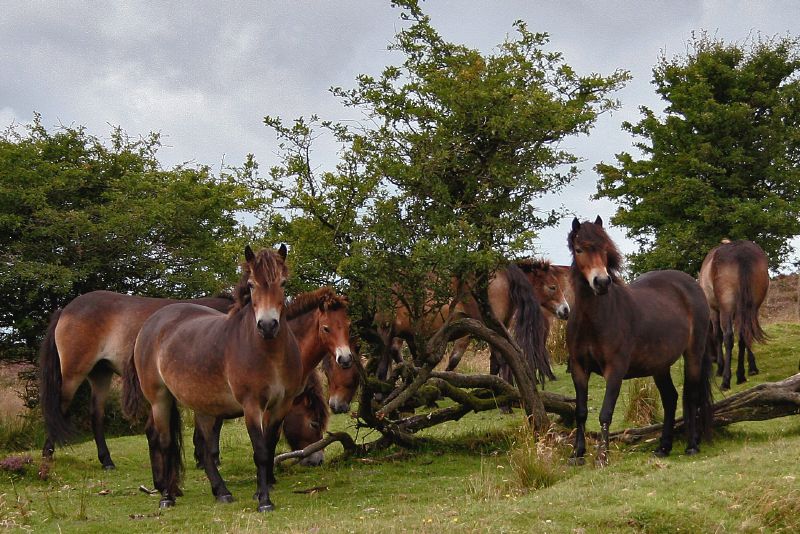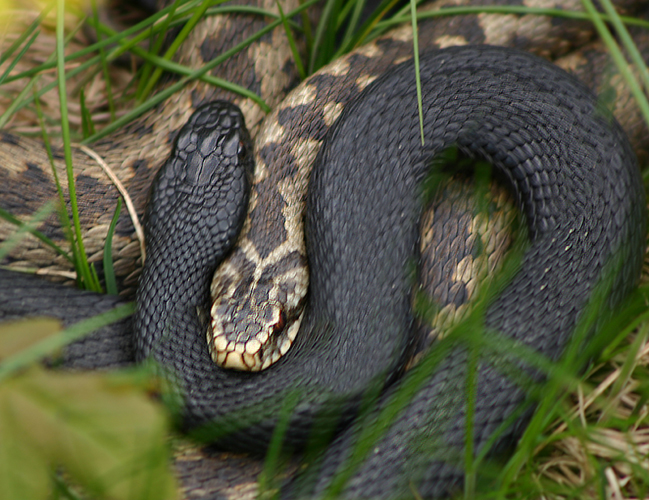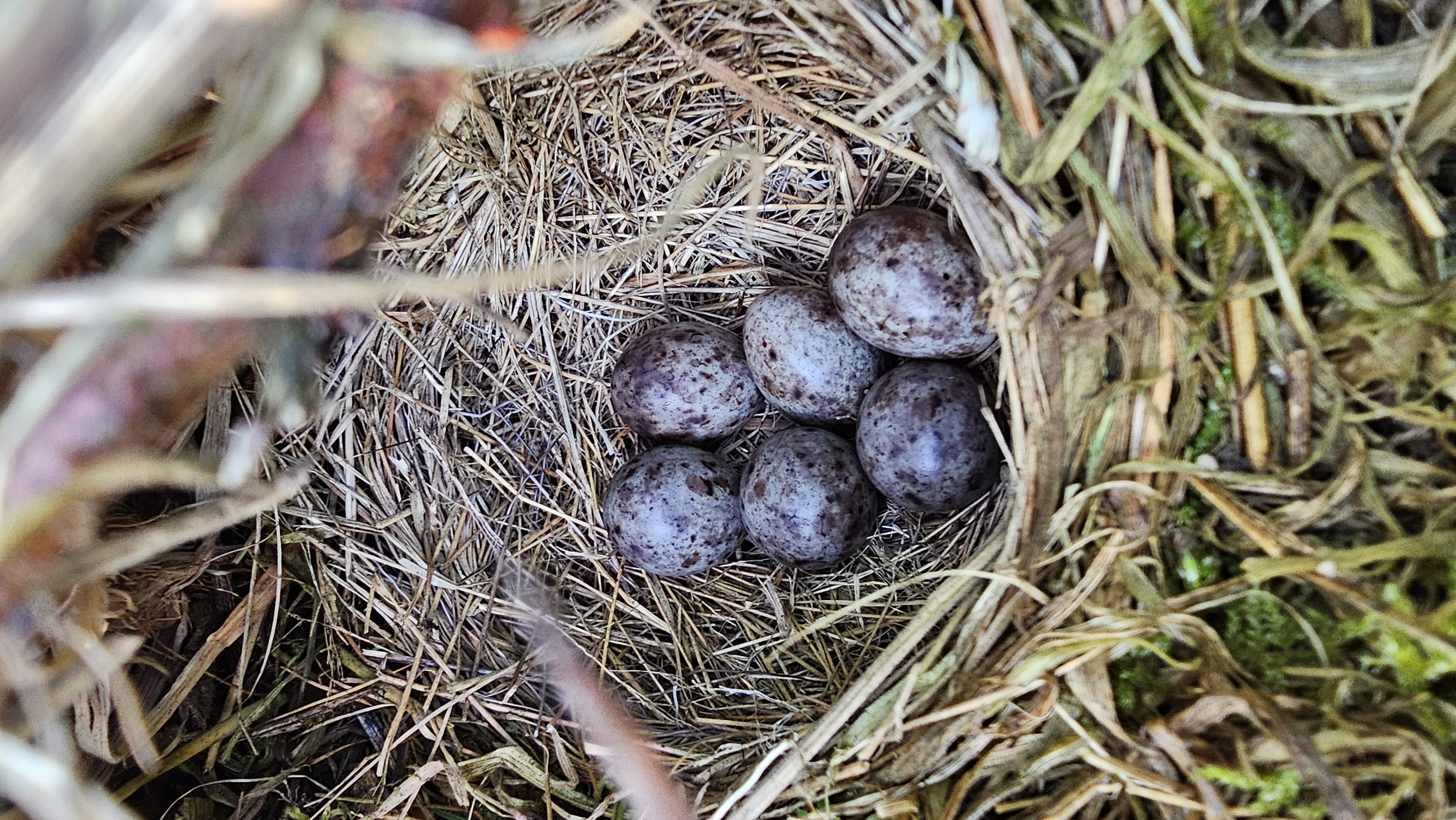|
Blaxhall Common
Blaxhall Common is a nature reserve in the parish of Blaxhall in the East Suffolk District of Suffolk. The reserve is owned by Blaxhall Parish Council and managed by Suffolk Wildlife Trust. It is designated a biological Site of Special Scientific Interest as Blaxhall Heath. It is part of the Sandlings Special Protection Area under the European Union Directive on the Conservation of Wild Birds, and of the Suffolk Coast and Heaths Area of Outstanding Natural Beauty. A Bronze Age bowl barrow is a Scheduled Monument. Location The site is located on the Suffolk Sandlings, an area of sandy soil and glacial geology stretching along the Suffolk coast from Ipswich to Southwold.Suffolk's lovely sandlings ''Suffolk'', East Anglian Daily Times. Retrieved 2013-01-28 The traditional land cover was lowla ... [...More Info...] [...Related Items...] OR: [Wikipedia] [Google] [Baidu] |
Nature Reserve
A nature reserve (also known as a wildlife refuge, wildlife sanctuary, biosphere reserve or bioreserve, natural or nature preserve, or nature conservation area) is a protected area of importance for flora, fauna, funga, or features of geological or other special interest, which is reserved and managed for purposes of Conservation (ethic), conservation and to provide special opportunities for study or research. They may be designated by government institutions in some countries, or by private landowners, such as charities and research institutions. Nature reserves fall into different IUCN protected area categories, IUCN categories depending on the level of protection afforded by local laws. Normally it is more strictly protected than a nature park. Various jurisdictions may use other terminology, such as ecological protection area or private protected area in legislation and in official titles of the reserves. History Cultural practices that roughly equate to the establishmen ... [...More Info...] [...Related Items...] OR: [Wikipedia] [Google] [Baidu] |
Tunstall, Suffolk
Tunstall is a village and civil parish in Suffolk, England. There are two settlements named Tunstall next to each other, north east of Woodbridge. However, these are not two separate villages but one, despite the gap between the main village and the hamlet known as Tunstall Common. Both lie within the parish of Tunstall. The village itself is a good-sized settlement with a pub (The Green Man) and a church called St Michael's, notable for its unusual box pews. Half a mile away, Tunstall Common has a dozen houses and a Baptist chapel. Residents of the hamlet consider themselves to live at Tunstall on the Common, and letters are either addressed to The Common, Tunstall, or Tunstall Common. Tunstall Common itself is a Site of Special Scientific Interest (SSSI), a fragment of the ancient sandling dry lowland heath that was once extensive across this area of coastal Suffolk. It lies next to Tunstall Forest, which was started in the 1920s as a pine plantation. In the Great Storm of ... [...More Info...] [...Related Items...] OR: [Wikipedia] [Google] [Baidu] |
Iron Age
The Iron Age () is the final epoch of the three historical Metal Ages, after the Chalcolithic and Bronze Age. It has also been considered as the final age of the three-age division starting with prehistory (before recorded history) and progressing to protohistory (before written history). In this usage, it is preceded by the Stone Age (subdivided into the Paleolithic, Mesolithic and Neolithic) and Bronze Age. These concepts originated for describing Iron Age Europe and the ancient Near East. In the archaeology of the Americas, a five-period system is conventionally used instead; indigenous cultures there did not develop an iron economy in the pre-Columbian era, though some did work copper and bronze. Indigenous metalworking arrived in Australia with European contact. Although meteoric iron has been used for millennia in many regions, the beginning of the Iron Age is defined locally around the world by archaeological convention when the production of Smelting, smelted iron (espe ... [...More Info...] [...Related Items...] OR: [Wikipedia] [Google] [Baidu] |
Scheduled Ancient Monument
In the United Kingdom, a scheduled monument is a nationally important archaeological site or historic building, given protection against unauthorised change. The various pieces of legislation that legally protect heritage assets from damage, visual disturbance, and destruction are grouped under the term " designation". The protection provided to scheduled monuments is given under the Ancient Monuments and Archaeological Areas Act 1979, which is a different law from that used for listed buildings (which fall within the town and country planning system). A heritage asset is a part of the historic environment that is valued because of its historic, archaeological, architectural or artistic interest. Only some of these are judged to be important enough to have extra legal protection through designation. There are about 20,000 scheduled monuments in England representing about 37,000 heritage assets. Of the tens of thousands of scheduled monuments in the UK, most are inconspicuous arch ... [...More Info...] [...Related Items...] OR: [Wikipedia] [Google] [Baidu] |
Exmoor Ponies
The Exmoor Pony is a British breed of pony or small horse. It is one of the mountain and moorland pony breeds native to the British Isles, and so falls within the larger Celtic group of European ponies. It originates on, and is named for, the Exmoor area of moorland in north-eastern Devon and western Somerset, in south-west England, and is well adapted to the climate conditions and poor grazing of the moor. Some still live there in a near-feral state, but most are in private ownership. Written records of ponies on Exmoor start with the Domesday Book in 1086. After centuries of being a "Royal Forest" (not an area of trees but a hunting ground), most of Exmoor was sold in 1818. Thirty ponies, identified as the original old type, were moved to neighbouring moorland; these were the foundation stock of the present-day breed. A breed society, the Exmoor Pony Society, was formed in 1921; the first stud-book was published in 1963. The ponies came close to extinction during the Secon ... [...More Info...] [...Related Items...] OR: [Wikipedia] [Google] [Baidu] |
Hebridean Sheep
The Hebridean is a breed of small black sheep from Scotland, similar to other members of the Northern European short-tailed sheep group, having a short, triangular tail. They often have two pairs of horn (anatomy), horns. They were formerly known as "St Kilda" sheep, because they were exported from the St Kilda archipelago in the 19th century to serve as parkland livestock Characteristics  Modern Hebrideans have black, rather coarse wool, which fades to brown in the sun and often becomes grey with age; there is no wool on the face or legs. If not shorn the wool may moulting, moult naturally in spring. Rams and ewes typically have one pair of H ...
Modern Hebrideans have black, rather coarse wool, which fades to brown in the sun and often becomes grey with age; there is no wool on the face or legs. If not shorn the wool may moulting, moult naturally in spring. Rams and ewes typically have one pair of H ...
[...More Info...] [...Related Items...] OR: [Wikipedia] [Google] [Baidu] |
Ant-lion
The antlions are a group of about 2,000 species of insect in the neuropteran family (biology), family Myrmeleontidae. They are known for the predation, predatory habits of their larvae, which mostly dig pits to trap passing ants or other prey. In North America, the larvae are sometimes referred to as doodlebugs because of the marks they leave in the sand. The adult insects are less well known due to their relatively short lifespans in comparison with the larvae. Adults, sometimes known as antlion lacewings, mostly fly at dusk or just after dark and may be mistakenly identified as dragonfly, dragonflies or damselfly, damselflies. Antlions have a worldwide distribution. The greatest diversity occurs in the tropics, but a few species are found in cold-temperate locations, one such being the European ''Euroleon nostras''. They most commonly occur in dry and sandy habitats where the larvae can easily excavate their pits, but some larvae hide under debris or ambush their prey among le ... [...More Info...] [...Related Items...] OR: [Wikipedia] [Google] [Baidu] |
Solitary Bee
Solitary is the state of being alone or in solitude. The term may refer to: * Solitary (album), ''Solitary'' (album), 2008 album by Don Dokken * Solitary (2020 film), ''Solitary'' (2020 film), a British sci-fi thriller film * Solitary (upcoming film), ''Solitary'' (upcoming film), an American drama film * Solitary (Lost), "Solitary" (''Lost''), a 2004 episode of the TV series ''Lost'' * Solitary (TV series), ''Solitary'' (TV series), a reality show made by FOX * Solitary animal, an animal that does not live with others in its species * Solitary confinement, a form of imprisonment * Solitary Mountain, a mountain in Yukon, Canada * A hermit in many Christian religious orders See also * Solitaire (other) * Solitude (other) * Loner, a person who does not seek out, or actively avoids, interaction with others {{disambiguation ... [...More Info...] [...Related Items...] OR: [Wikipedia] [Google] [Baidu] |
Vipera Berus
''Vipera berus'', also known as the common European adder Mallow D, Ludwig D, Nilson G (2003). ''True Vipers: Natural History and Toxinology of Old World Vipers''. Malabar, Florida: Krieger Publishing Company. . and the common European viper, Stidworthy J (1974). ''Snakes of the World''. New York: Grosset & Dunlap Inc. 160 pp. . is a species of venomous snake in the family Viperidae. The species is extremely widespread and can be found throughout much of Europe, and as far as East Asia. There are three recognised subspecies. Known by a host of common names including common adder and common viper, the adder has been the subject of much folklore in Britain and other European countries. It is not regarded as especially dangerous; the snake is not aggressive and usually bites only when really provoked, stepped on, or picked up. Bites can be very painful, but are seldom fatal. The specific name, ''berus'', is Neo-Latin and was at one time used to refer to a snake, possibly the gra ... [...More Info...] [...Related Items...] OR: [Wikipedia] [Google] [Baidu] |
Common Lizard
The viviparous lizard or common lizard (''Zootoca vivipara'', formerly ''Lacerta vivipara'') is a Eurasian lizard. It lives farther north than any other non-marine reptile species, and is named for the fact that it is viviparous, meaning it gives birth to live young (although they will sometimes lay eggs normally). Both "''Zootoca''" and "''vivipara''" mean "live birth", in (Latinized) Greek and Latin respectively. It was called ''Lacerta vivipara'' until the genus ''Lacerta'' was split into nine genera in 2007 by Arnold, Arribas & Carranza. Male and female ''Zootoca vivipara'' are equally likely to contract blood parasites. Additionally, larger males have been shown to reproduce more times in a given reproductive season than smaller ones. The lizard is also unique as it is exclusively carnivorous, eating only flies, spiders, and insects. Studies show that the more carnivorous an individual is (the more insects they eat), the less diverse the population of parasitic helminths t ... [...More Info...] [...Related Items...] OR: [Wikipedia] [Google] [Baidu] |
Tree Pipit
The tree pipit (''Anthus trivialis'') is a small passerine bird that breeds throughout most of Europe and the Palearctic as far east as the East Siberian Mountains. It is a long-distance migrant, migrating in winter to Africa and southern Asia. The scientific name is from Latin: ''anthus'' is the name of a small bird of grasslands, and the specific '' trivialis'' means "common". The breeding habitat is open woodland and scrub. The nest is placed on the ground and usually 4–6 eggs are laid. This species is insectivorous like its relatives, but will also eat seeds. Taxonomy The tree pipit was formally described by the Swedish naturalist Carl Linnaeus in 1758 in the tenth edition of his ''Systema Naturae'' under the binomial name ''Alauda trivialis''. Linnaeus noted that the species occurred in Sweden. The specific epithet ''trivialis'' is Latin meaning "common" or "ordinary" from Latin ''trivium'' meaning "public street". The tree pipit is now placed in the genus ''Anthus'' th ... [...More Info...] [...Related Items...] OR: [Wikipedia] [Google] [Baidu] |
Woodlark
The woodlark or wood lark (''Lullula arborea'') is the only extant species in the lark genus ''Lullula''. It is found across most of Europe, the Middle East, western Asia and the mountains of north Africa. It is mainly resident (non-bird migration, migratory) in the west of its range, but eastern populations of this passerine bird are more migratory, moving further south in winter. There are two subspecies of woodlark, ''L. a. arborea'' and ''L. a. pallida''. The former is native to northern regions of Europe, while the latter can be found in the south of the woodlark's range. Their diet is mostly composed of seeds but also includes insects during the breeding period. A comparatively small bird, the woodlark is between 13.5 and 15 centimetres long and roughly 20% shorter than the skylark. It is a brown bird with a pale underside and has a white-tipped tail. Taxonomy and systematics The woodlark was Species description, described by the Swedish naturalist Carl Linnaeus in 1758 in ... [...More Info...] [...Related Items...] OR: [Wikipedia] [Google] [Baidu] |









